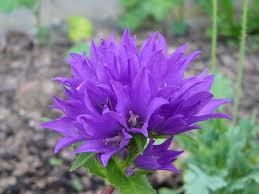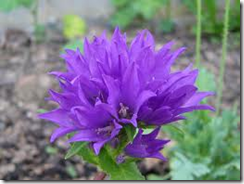Bee balm (Monard) is a genus of about 16 species of fast-spreading perennials popular in naturalized areas and wildlife gardens. Thriving in U.S. Cold Hardiness zones 4 through 9, bee balm blooms in July and August, and the nectar is a favorite of bees, hummingbirds and butterflies.
Identification
-
Bee balm is available in shades of red, pink, purple, white and rose. Ranging in height from 18 to 24 inches tall, bee balm has whimsical-shaped blooms reminiscent of a jester’s cap. Leaves are long and low to the ground, growing on opposite sides of the stem.
Uses
-
Bee balm spreads both through seed and rhizome, making it an ideal plant for naturalized garden designs. Mix bee balm with butterfly weed, dill, carrot, zinnia, cosmos, black-eyed Susan, purple coneflower and coreopsis for a beautiful, summer-long haven for wildlife that will return year-after-year. Bee balm leaves can be crushed to emit a strong oil that has been used for medicinal purposes for centuries. According to Georgetown University, Native Americans have used bee balm for everything from seasoning to antiseptics that relieve menstrual cramps.
Fun Fact
-
Bee balm is considered a good companion plant for tomatoes, improving both the flavor and health of the plant. Since bee balm blooms at the same time tomatoes ripen, the strong scent of the flowers attract beneficial insects that feed on spider mites, aphids and other pests that can damage crops.


Deprecated: strpos(): Passing null to parameter #1 ($haystack) of type string is deprecated in /home/agriviek8Qv/agriviet.net/public_html/wp-includes/comment-template.php on line 2522